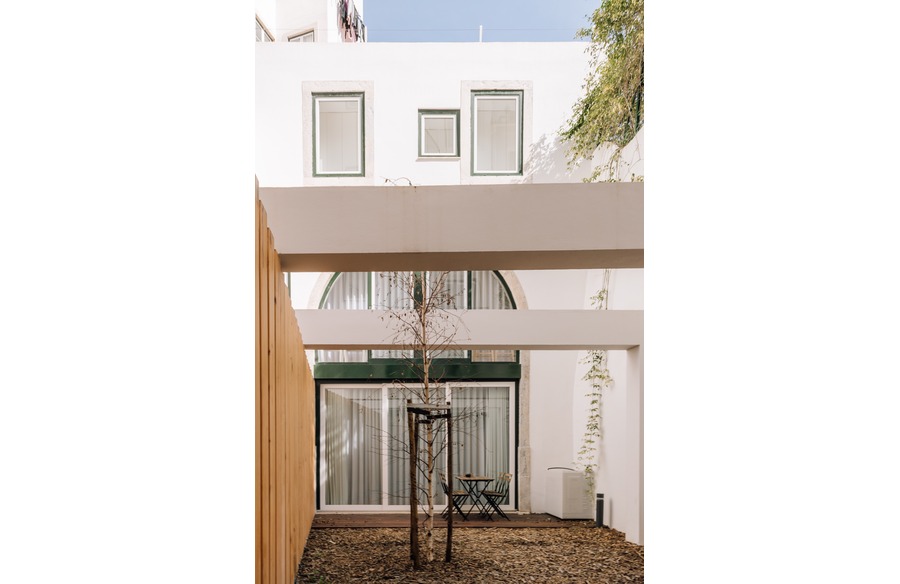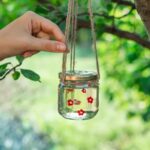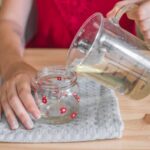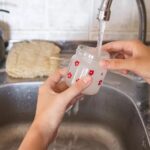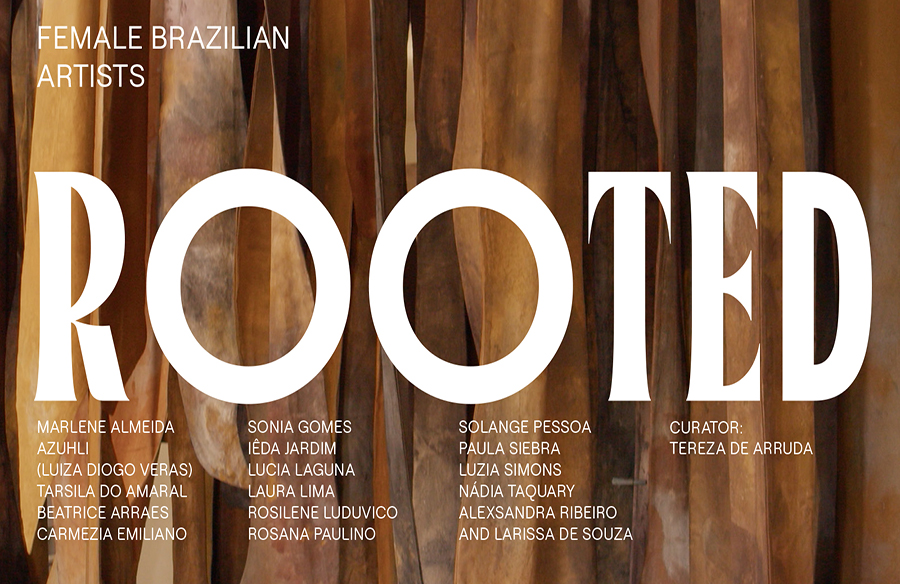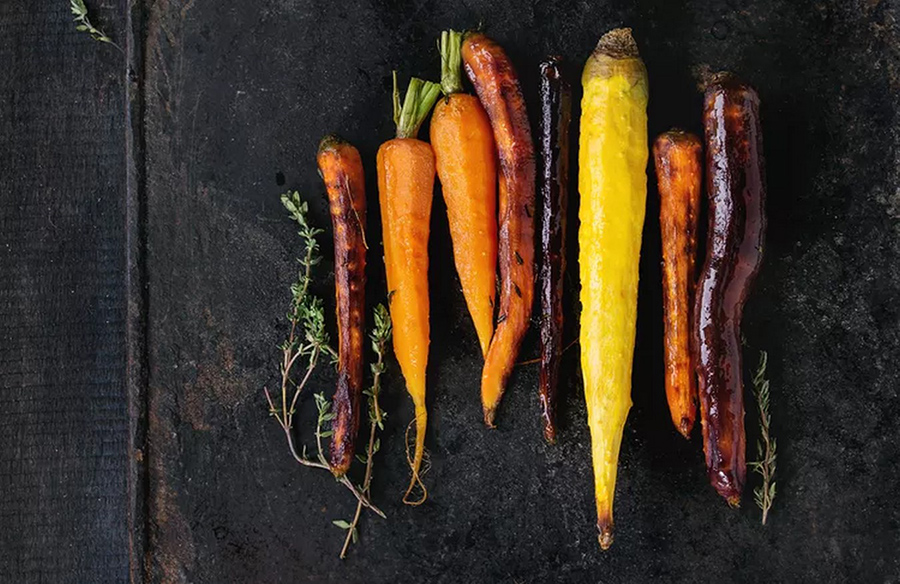Crafting Homemade Hummingbird Nectar: A Comprehensive Guide

Understanding Hummingbird Nectar
Fueling Hummingbirds
Hummingbirds, known for their rapid wing flapping and agile flight maneuvers, require ample energy to sustain their high metabolic rates. Nectar serves as their primary energy source, making homemade nectar an enticing option for both gardeners and these tiny avian visitors.
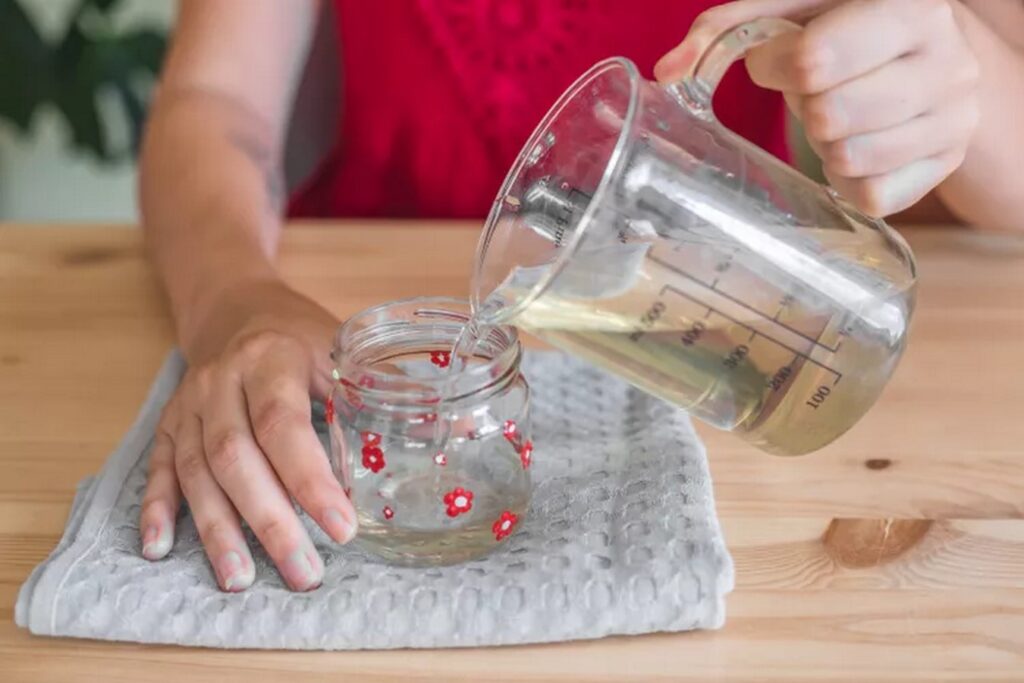
Selecting Ingredients
Natural and Organic Components
Opting for homemade nectar offers numerous advantages over store-bought alternatives. Homemade nectar is free from artificial additives, chemical pesticides, and genetically modified ingredients, ensuring a wholesome and nutritious option for hummingbirds. When selecting sugar, prioritize organic and GMO-free options to maintain the integrity of the nectar.
Avoiding Harmful Additives
Artificial sweeteners, honey, molasses, and commercial nectar powders should be avoided due to potential health risks or nutrient imbalances. While raw sugar contains trace amounts of molasses, opting for white sugar or organic alternatives minimizes potential hazards. Maintaining a balanced sugar-to-water ratio is crucial to attracting hummingbirds while preventing premature fermentation.
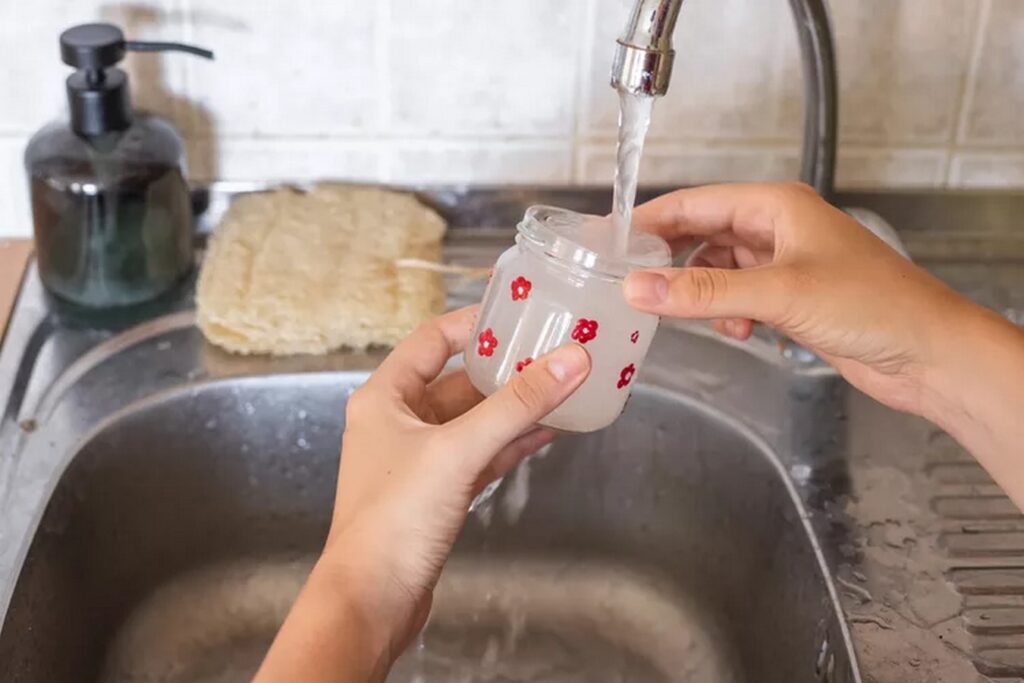
Crafting the Nectar
Simple Preparation
Creating homemade hummingbird nectar requires minimal effort and equipment. Begin by mixing filtered or distilled water with organic sugar until the sugar crystals dissolve completely. There’s no need to boil the water beforehand, as hummingbirds introduce bacteria upon feeding.
Filling the Feeder
Once the nectar is prepared, pour it into clean hummingbird feeders, ensuring an adequate supply for visiting birds. Placing multiple feeders throughout your yard or garden encourages hummingbird activity and minimizes territorial disputes over nectar sources.
Storing and Maintenance
Preserving Freshness
Unused nectar should be stored in a sealed glass jar in the refrigerator to maintain freshness. Avoid freezing the nectar, as it can alter its consistency and flavor. Given its perishable nature, it’s advisable to prepare small batches of nectar frequently to minimize spoilage.
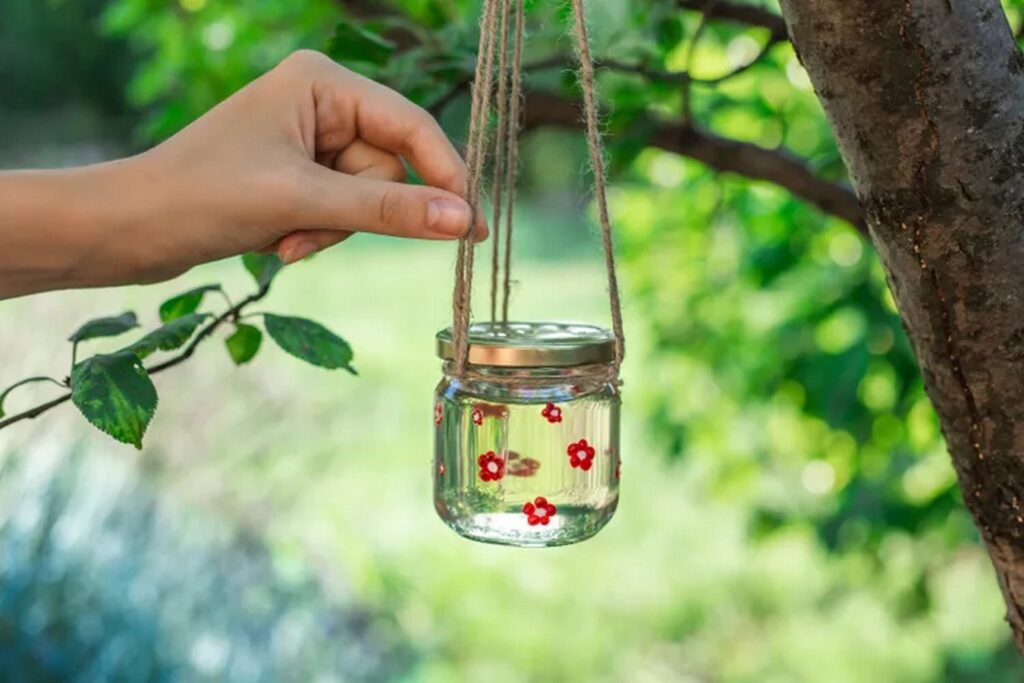
Feeder Maintenance
Regular maintenance of hummingbird feeders is essential to ensure a clean and hygienic feeding environment. Replace the nectar weekly or when it becomes cloudy, indicating fermentation. In warmer climates, monitor feeder cleanliness more frequently to prevent mold growth and spoilage. Thoroughly clean feeders with hot water and a bottle brush to remove any residue or debris.
Creating a Hummingbird-Friendly Habitat
Enhancing Nectar Availability
To attract hummingbirds beyond nectar feeders, cultivate a diverse garden environment rich in natural food sources. Incorporate pesticide-free native plants with vibrant red or orange blooms, such as bee balm, salvia, and columbine, to provide additional foraging opportunities. Prioritize native plant species over hybrids to ensure optimal nectar availability for native hummingbird species.
Conclusion: Sustaining Hummingbird Populations
By following these guidelines for crafting homemade hummingbird nectar and fostering a hospitable habitat, gardeners can support thriving hummingbird populations while enjoying the beauty of these remarkable avian visitors. With a commitment to natural and organic practices, gardeners can create a welcoming environment that nourishes both plants and pollinators alike.

